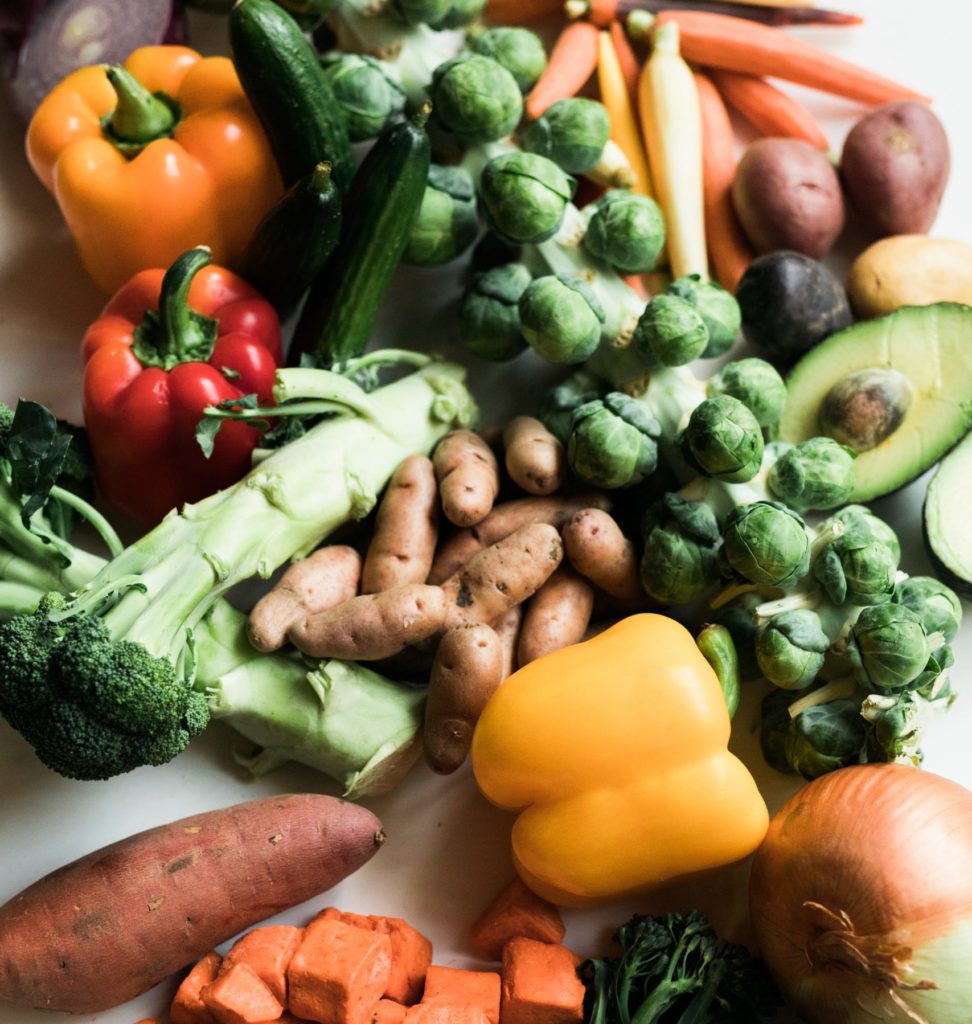What are the main methods of food preservation?

What are the main methods of food preservation?
Mankind has found many methods to extend the shelf life of food. Being able to consume produce outside its harvesting period is an undeniable advantage for a balanced, environmentally friendly diet. Various methods are used to avoid food spoilage: water removal, drying, canning sterilization, fermentation, etc. In this article, we’ll cover everything you need to know about food preservation techniques.
Removing water from food using physical methods
Dehydration and freeze-drying methods preserve food by eliminating the water they contain.
Food preservation using the drying method
Dehydration using hot-air dryers is a method of preserving food by removing water. This well-known method prevents the growth of bacteria and mold. This method can be used to preserve fruit, meat, vegetables, herbs. However, there can be a downside to using this method. Foods may lose some of their flavor during the dehydration process. On the plus side, this method is a long-term preservative and can be stored at room temperature.
Food preservation using the freeze-drying method
Freeze-drying is an expensive and complex method of food preservation. This method involves rapidly freezing foods, then dehydrating them using a low-temperature vacuum. This vacuum preserves nutrients and vitamins. The freeze-drying method can be used to preserve heat-sensitive foods such as fruit or dairy products.
Cold food preservation
Refrigerators and freezers are essential, easy-to-use kitchen tools for food preservation. In this part of the article, we’ll take a look at this method of food preservation.
Food preservation by refrigeration
Refrigeration keeps food at a temperature below 4°C. It slows the growth of bacteria and mold. The kitchen refrigerator has been a product in modern kitchens since the 19th century. However, this method only lasts for a short time.
Food preservation by freezing
Freezing means keeping food at a temperature below -18°C to prevent spoilage. This method can be used at home. All you need to do is comply with a few packaging and food safety rules. Like deep-freezing, freezing is a long-term preservation method. Food can be stored for several months. The nutritional qualities of the product may diminish over time, but it remains edible.
Food preservation by deep-freezing
Deep-freezing involves rapidly freezing food at a temperature below 18°C. This process suspends the growth of organisms responsible for product spoilage. Thanks to this method, frozen foods can be kept for several months without losing their nutritional quality.
Other methods used to stop the growth of bacterial organisms
Microorganisms need water to develop. Various methods can be used to eliminate water to neutralize their growth. One is to add natural preservatives to food to prevent spoilage.
The method of adding salt to meat and fish
Salting meat and fish is a very old preservation method. Salt removes water from food. This helps prevent the growth of spoilage microorganisms. Although salt is used to preserve meat and fish, it gives food a stronger taste. This method can preserve food for several months.
Smoking method to extend shelf life
Smoking technique is another ancient method of preserving food. It involves exposing food to smoke. The smoke is produced by the burning of wood or charcoal. With this method, the smoke destroys the bacteria and the mold, prolonging shelf life. Smoked meat and fish have a distinctive taste and smell. However, this process can result in a loss of nutrients.
Food preservation through fermentation
Fermentation has been used for thousands of years to preserve food. This method is a biological process that preserves food by transforming sugars into alcohol or acid. Bacteria or yeast convert sugars into acids, alcohol or gas. This method gives a unique taste to fermented bread, wine, milk, cheese and vegetables.
The thermal method for food preservation
Let’s take a look at the different heat treatments used to preserve food.
Pasteurization of foodstuffs
Pasteurization was developed by Louis Pasteur in the 19th century. This method is a heat treatment used to inactivate microorganisms present in foodstuffs. The process does not alter the organoleptic properties and nutritional value of the food. It involves heating food to a sufficiently high temperature for a specified period of time. The temperature does not exceed 100°C. Pasteurization is widely used in the food industry, mainly to produce fruit juice and milk.
Canning sterilization
Sterilization, also called appertization, is a method of subjecting food to high temperatures, above 100°C, for a certain period of time. The aim is to eliminate all microorganisms. This method extends the shelf life of food. Depending on the product, it may be preserved for several years at room temperature.
Canned food can be sterilized in different ways. Our Goût’stave autoclave can be used to produce canned fruit, meat, vegetables or fish. Sterilization offers many advantages:
- possibility of eating fruit and vegetables out of season;
- preservation of nutritional qualities;
- use of recyclable packaging;
- helps reduce food waste;
- no energy expenditure for storage at room temperature.
At Steritech, we put our expertise in sterilization and pasteurization at your disposal. If you have any questions, please do not hesitate to contact us.